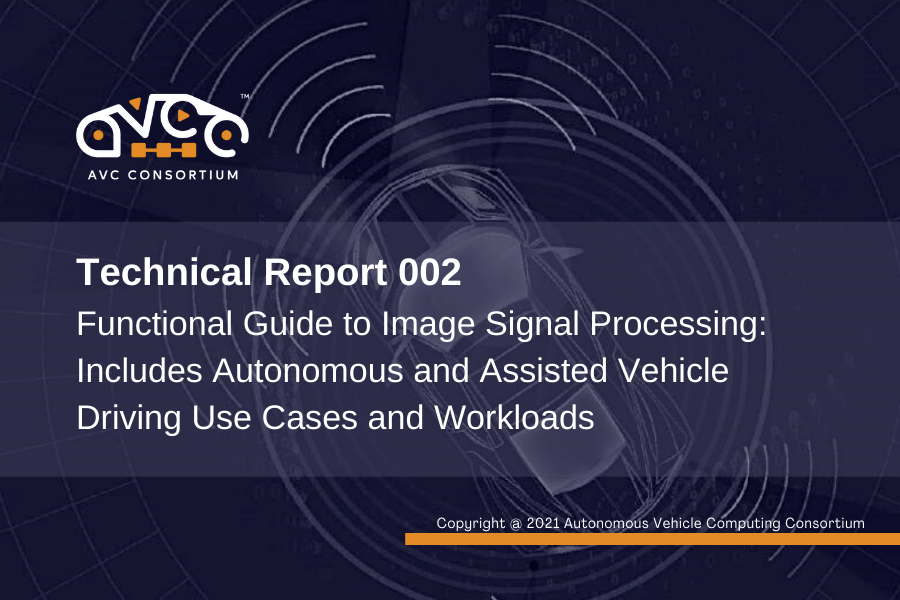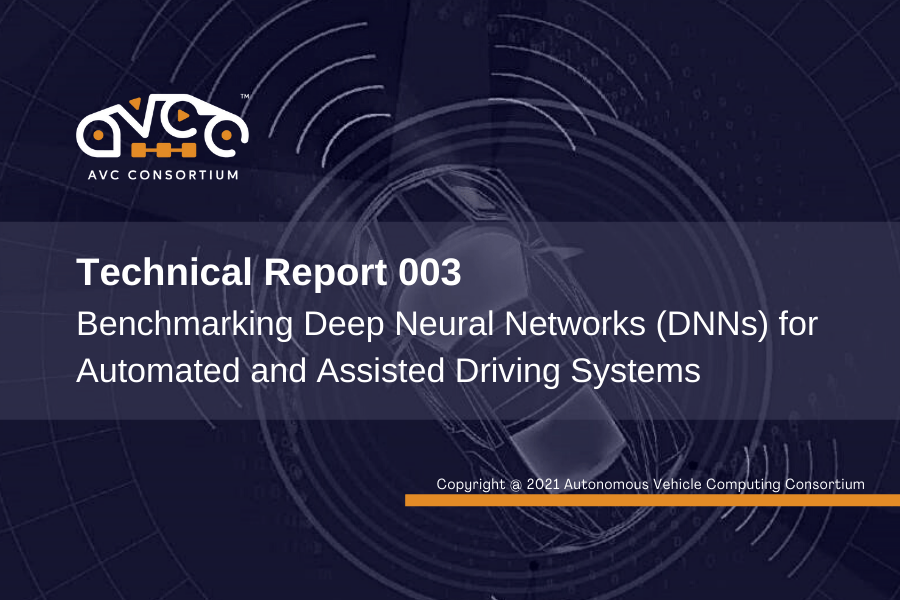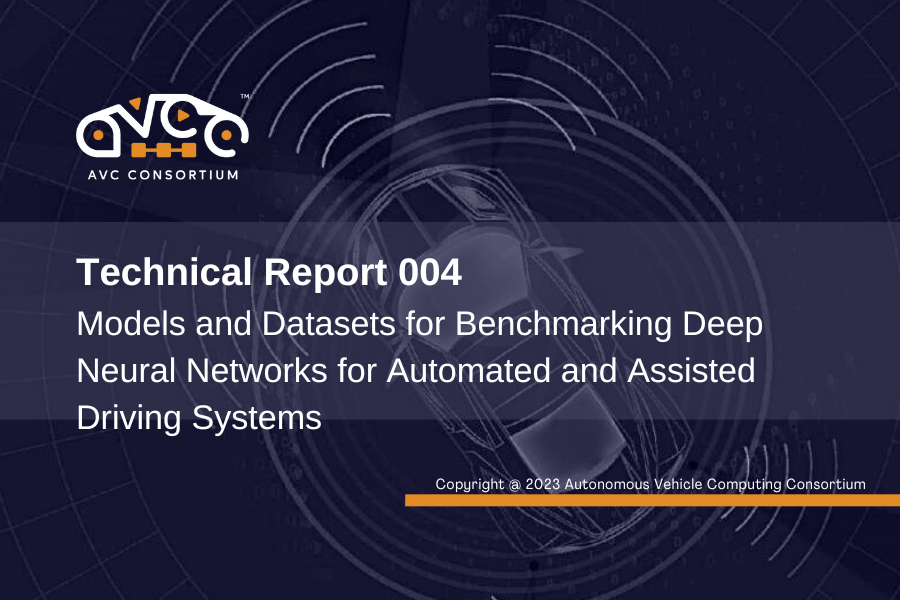This reference document offers the AVCC conceptual system architecture for automated and assisted driving compute systems. It is designed to align with the SAE International 1- 5 levels of driving automation.
- creating a common language and functional architecture
- breaking down the overall driving system into several modular sub-systems and their information exchange
- highlighting inputs and outputs
This is the base framework for future AVCC recommendations.
Figure-1-1 Functional Block Diagram
This discussion goes beyond the functional block diagram to cover underlying compute elements, example workloads and the related industry standards.
Figure 1-2 Signaling Interaction in the ACD
The signaling, inbound and outbound provides a clear picture of dependencies and relationships. Readers will get a clear understanding of autonomous vehicle terminology, the functional block and its subsystems, signaling categories and underlying compute elements, sensor pre-processing and interfaces. Example workloads offer further assistance for multiple scenarios. This paper is a valuable guide to understanding the assisted and automated driving compute system architecture and its workflow. It creates a common language and offers a functional block diagram that provides a simple reference to communicate compute elements, signaling, as well as input/output results. TR-001 establishes the AVCC compute architecture upon which all future AVCC industry specifications can be built. We offer this document as a means to help expedite technical innovation, forge valuable partnerships and industry collaboration, and establish clearer interoperability in computing systems worldwide.





